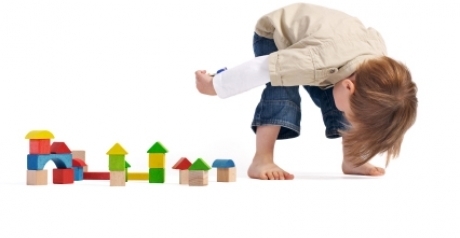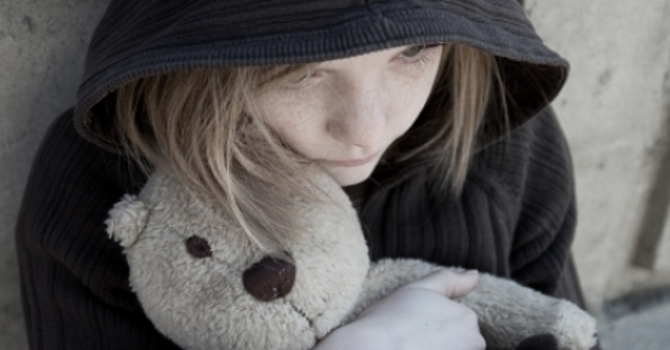
The Healing Art of Play Therapy
I was at the Customs desk in Dublin, Ireland, where my wife was about to teach a course on Play Therapy at Trinity University, when I was first confronted with the obscurity of the idea of "play therapy."
"Play therapy?" scoffed the official. "What the hell is that?" It took more than a few minutes to explain to him that it was not a new crystals-and-fairy-wings approach to one's emotional journey (it's actually been an established and respected practice for more than half a century), nor is it a half-witted attempt to teach children how to play ("You'd think they already know how to do that," he said in full Irish brogue).
What I attempted to explain (and I'm not altogether certain I succeeded) is that play therapy is a method of providing therapy to young children who have not yet developed the vocabulary or communicative skills for more traditional "talk therapy."
Because the language of pain and sadness is a highly complex and difficult language to speak, even for adults, children can sometimes suffer in isolation, while the adults around them presume all is well because "the child is not telling us she's upset." But almost all children (even pre-verbal children) do have a unique and powerful language in which they are more fluent and proficient than the most linguistically trained adult: that of play.
It may sound a bit flaky at first blush, but I'll attest from my experience working with young children that if you stick a traumatized child on a couch and ask him about his experience, he'll do a lot of shrugging and picking at the cushion seams. But sit him in front of a sandbox and a selection of toys, and he will, in all likelihood, express to you through his play the breadth of his anxiety, anger, fears, sorrow, and confusion.
Of course, understanding and interpreting the meanings of a child's play, and guiding them through play toward healing and mental health is not exactly, well, child's play. To become a certified Play Therapist in Canada, one must undergo extensive training and supervision. But the trained Play Therapist can effectively work with a child to assist in overcoming tremendous emotional obstacles and difficulties, without the child having to speak a word.
Rocky Mountain Play Therapy, in Calgary, Alberta, is one of the excellent training institutes available, and their website (http://www.rmpti.org) and printed material offer more indepth information on training requirements, as well as the purview and process of play therapy.




